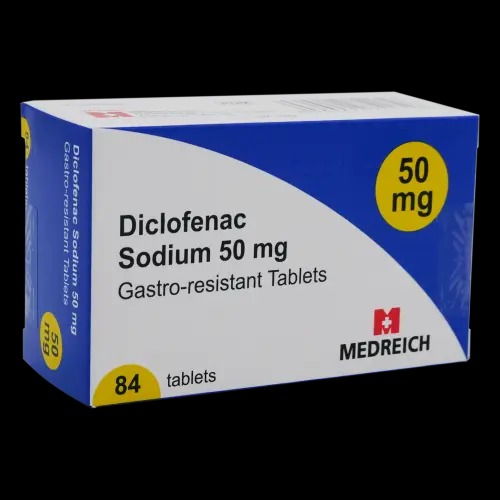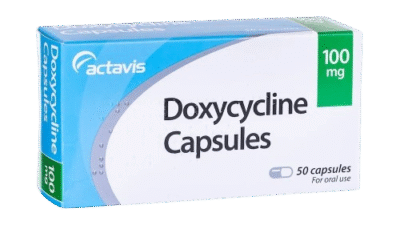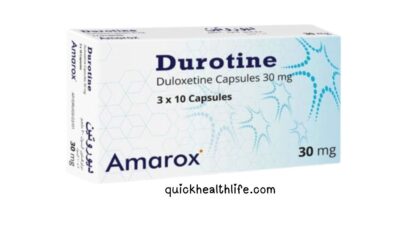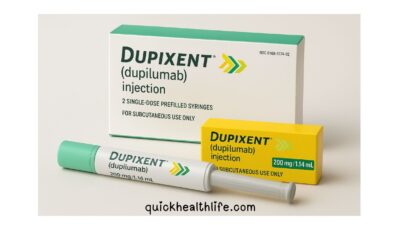Diclofenac is one of the most widely prescribed nonsteroidal anti-inflammatory drugs (NSAIDs) used to relieve pain and inflammation. It is available in various formulations, making it versatile for treating multiple health conditions. From arthritis to muscle injuries, it plays a vital role in modern pain management. However, like all medications, it requires careful use to avoid adverse outcomes.
What is Diclofenac?
Diclofenac is a potent NSAID that reduces substances in the body causing inflammation and pain. It is commonly prescribed for arthritis, menstrual cramps, back pain, and sports injuries. Depending on the severity and type of condition, it can be administered as a diclofenac tablet, diclofenac gel, diclofenac injection, or other formulations.
Two main salt forms exist—diclofenac sodium and diclofenac potassium. While both are effective, they vary in absorption and therapeutic action.
Table of Contents
Diclofenac Uses
The wide-ranging diclofenac uses make it an essential drug in pain management. It is effective for:
- Rheumatoid arthritis and osteoarthritis
- Ankylosing spondylitis
- Acute migraine attacks
- Post-operative pain
- Menstrual cramps (dysmenorrhea)
- Sports injuries such as sprains and strains
- Chronic lower back pain
Its quick pain-relieving action allows patients to resume normal activities faster.
Different Forms of Diclofenac
Diclofenac Gel
Topical diclofenac gel is applied directly to painful areas. It provides localized relief without strong systemic side effects. Ideal for joint and muscle pain, it is often recommended for elderly patients with arthritis.
Diclofenac Tablet
Oral diclofenac tablet offers systemic relief. It is prescribed for moderate to severe pain, often taken with food to reduce gastrointestinal irritation.
Diclofenac Injection
A diclofenac injection is used for acute pain management. Doctors often administer it for severe migraine attacks, post-surgical pain, or sudden musculoskeletal pain episodes.
Diclofenac Sodium
Diclofenac sodium is the most common formulation. It is typically used in delayed-release tablets, gels, or topical patches. It provides long-lasting relief for chronic conditions.
Diclofenac Potassium
Diclofenac potassium is absorbed faster than the sodium form. It is suitable for conditions that require rapid pain relief, such as acute migraine or menstrual cramps.
Diclofenac Dosage
The diclofenac dosage depends on the patient’s age, condition, and response to therapy. General guidelines include:
- Adults (Oral): 50–75 mg two to three times daily, not exceeding 150 mg/day.
- Topical (Gel): Apply a thin layer to affected areas up to four times daily.
- Injection: Typically, 75 mg intramuscularly once daily, under medical supervision.
- Extended-release tablets: Usually 100 mg once daily for chronic conditions.
Dosage must always be prescribed by a healthcare provider, as misuse can lead to serious complications.
Diclofenac Side Effects
Despite its effectiveness, diclofenac side effects can occur, especially with long-term use. Common side effects include:
- Stomach pain, nausea, or indigestion
- Headache or dizziness
- Rash or skin irritation (especially with gel)
- Increased blood pressure
Serious but rare side effects:
- Gastrointestinal bleeding or ulcers
- Heart attack or stroke
- Liver or kidney dysfunction
- Allergic reactions such as swelling or difficulty breathing
Regular monitoring of liver and kidney function is advisable for chronic users.
Warnings and Precautions
Diclofenac should be used cautiously, especially in patients with pre-existing conditions. Key warnings include:
- Not recommended for individuals with heart disease or history of stroke
- Avoid in patients with peptic ulcers or gastrointestinal bleeding
- Contraindicated in late pregnancy due to risks to the fetus
- Use with caution in patients with liver or kidney disorders
- Should not be combined with excessive alcohol consumption
Patients should always discuss their full medical history before starting therapy.
Drug Interactions
Diclofenac can interact with several medications, altering their effectiveness or increasing risks. Some major interactions include:
- Blood thinners (e.g., warfarin): Increases risk of bleeding
- Antihypertensives: May reduce blood pressure-lowering effect
- Corticosteroids: Higher risk of gastrointestinal bleeding
- Other NSAIDs or aspirin: Elevated risk of stomach ulcers and bleeding
- Antidepressants (SSRIs, SNRIs): Increases risk of bleeding complications
To minimize risks, patients should avoid combining diclofenac with similar pain relievers unless directed by a doctor.
Special Considerations
- Elderly patients face higher risks of cardiovascular and gastrointestinal complications.
- Children may receive adjusted doses, but safety depends on age and condition.
- Long-term users should undergo periodic health check-ups.
- Applying diclofenac gel should not exceed the prescribed amount to prevent systemic absorption.
FAQ About diclofenac
1. What is diclofenac mainly used for?
Diclofenac is used to relieve pain, reduce inflammation, and treat arthritis, migraines, and injuries.
2. Is diclofenac available without a prescription?
In some countries, low-dose topical diclofenac gel is available over the counter. Oral forms usually require a prescription.
3. How fast does diclofenac work?
Diclofenac potassium acts faster than sodium forms, providing relief within 30–60 minutes.
4. Can I take diclofenac daily?
Daily use is possible but only under medical supervision. Long-term use increases the risk of ulcers, heart disease, and kidney issues.
5. What foods should I avoid while taking diclofenac?
Avoid alcohol, excessive caffeine, and high-fat meals, as they may worsen gastrointestinal irritation.
6. Can diclofenac cause addiction?
No, diclofenac is not addictive. However, misuse can lead to dependency on pain relief.
7. Which is better: diclofenac sodium or diclofenac potassium?
Diclofenac sodium offers prolonged relief, while diclofenac potassium provides faster action. The choice depends on the medical condition.
Conclusion
Diclofenac is a highly effective pain reliever with broad applications in treating musculoskeletal conditions, arthritis, and acute pain episodes. Available as diclofenac gel, diclofenac tablet, diclofenac sodium, diclofenac potassium, and diclofenac injection, it provides both rapid and long-lasting relief. However, caution is necessary due to potential diclofenac side effects and interactions with other medications. By adhering to prescribed diclofenac dosage guidelines and considering warnings, patients can benefit safely from this powerful medication.



